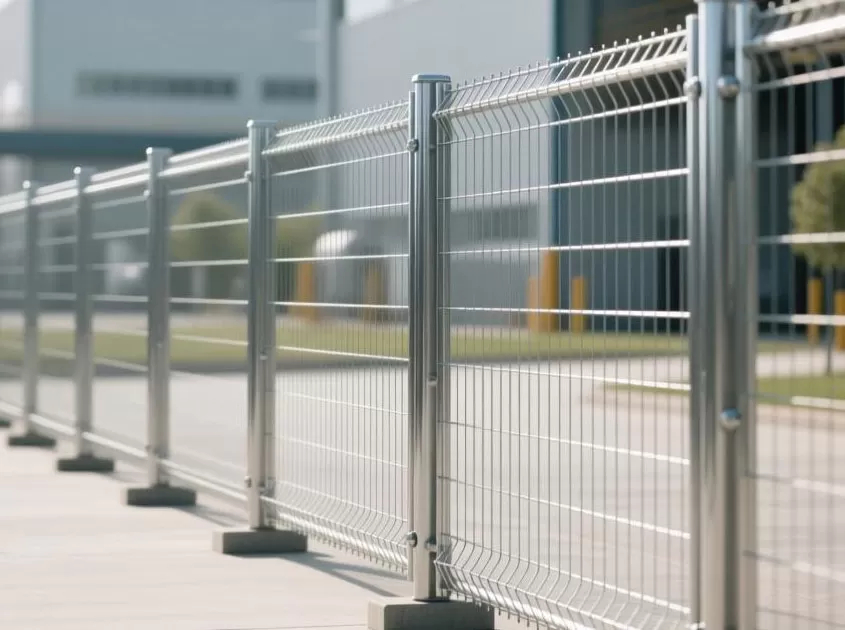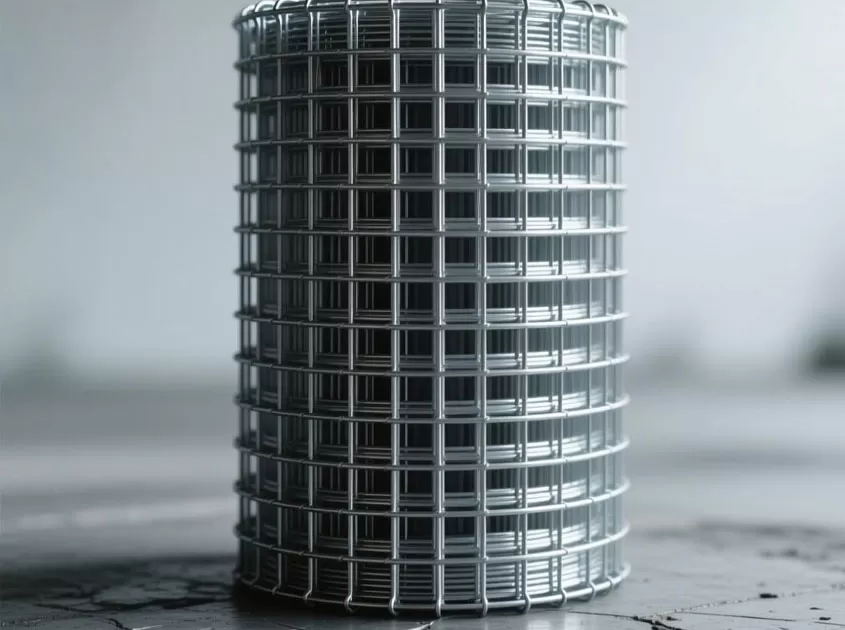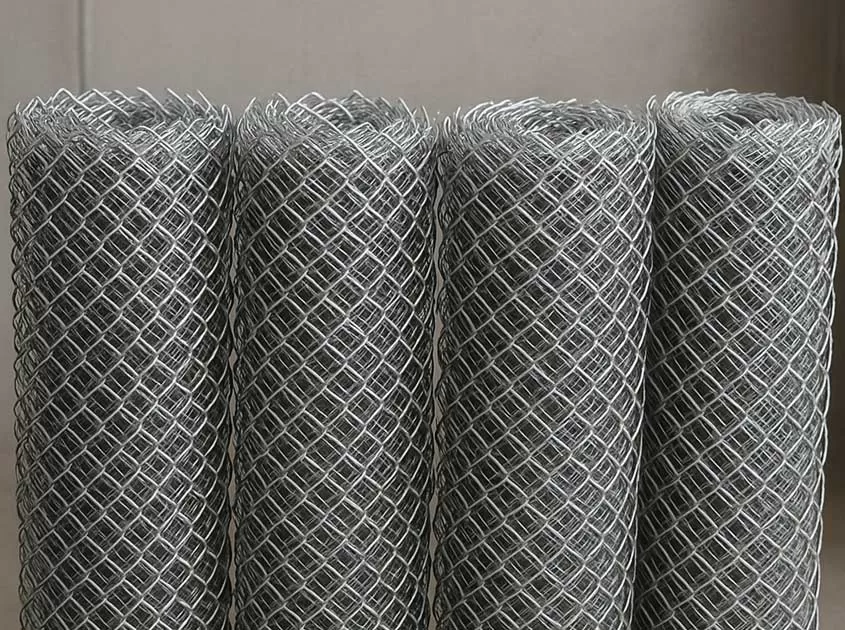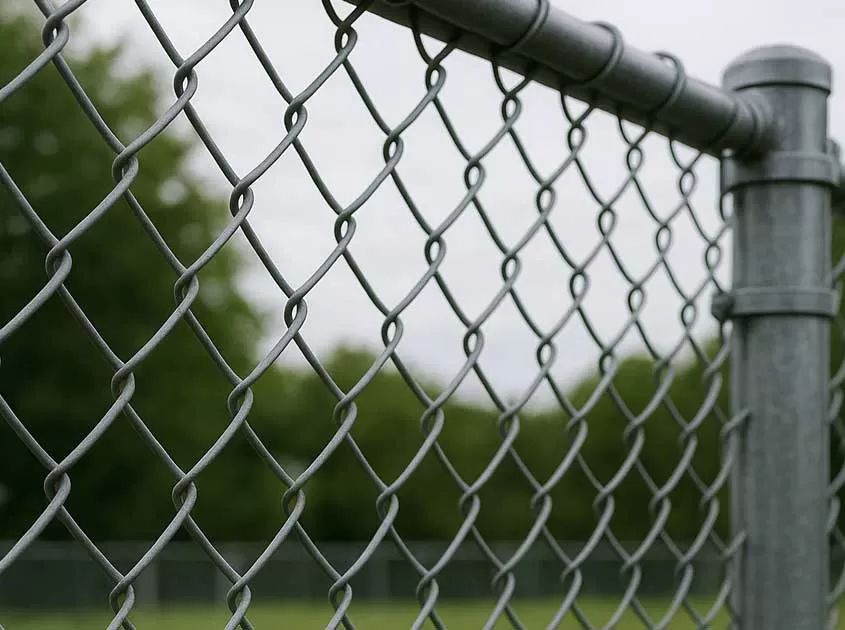Exploring the Different Weave Patterns of Stainless Steel Wire Mesh
Stainless steel wire mesh is renowned for its exceptional strength, durability, and resistance to corrosion, making it an essential material in numerous industries. However, the weave pattern of the wire mesh significantly influences its performance and suitability for various applications. This article will explore the different weave patterns of stainless steel wire mesh and their respective attributes, providing valuable insights for industries seeking the ideal mesh for their specific needs.
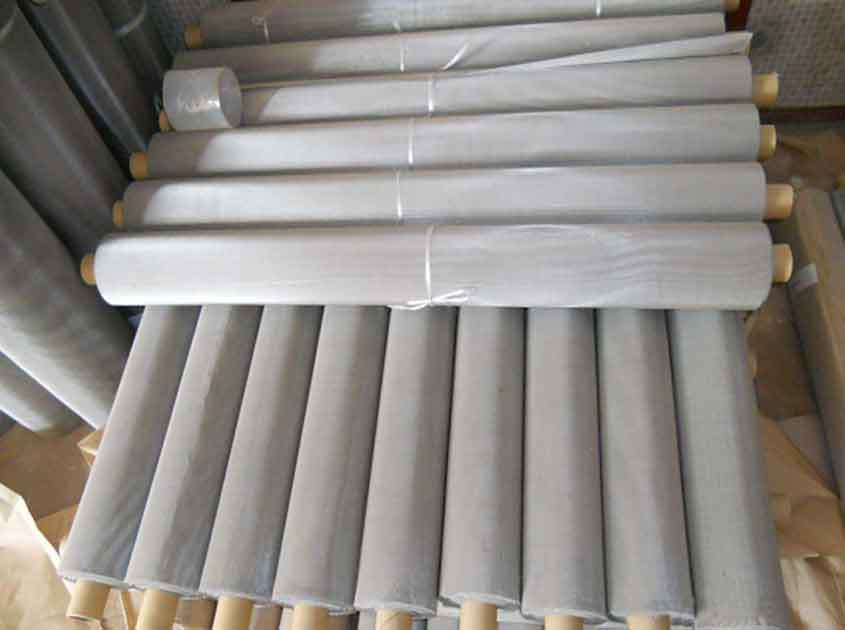
Plain Weave:
The plain weave is the simplest and most common weave pattern of stainless steel wire mesh. In this pattern, each weft wire passes alternately over and under each warp wire, creating a straightforward criss-cross design. The resulting mesh is symmetrical, with equal wire diameters in both the warp and weft directions. Plain weave mesh offers excellent stability and uniformity, making it suitable for general filtration, screening, and particle separation applications.
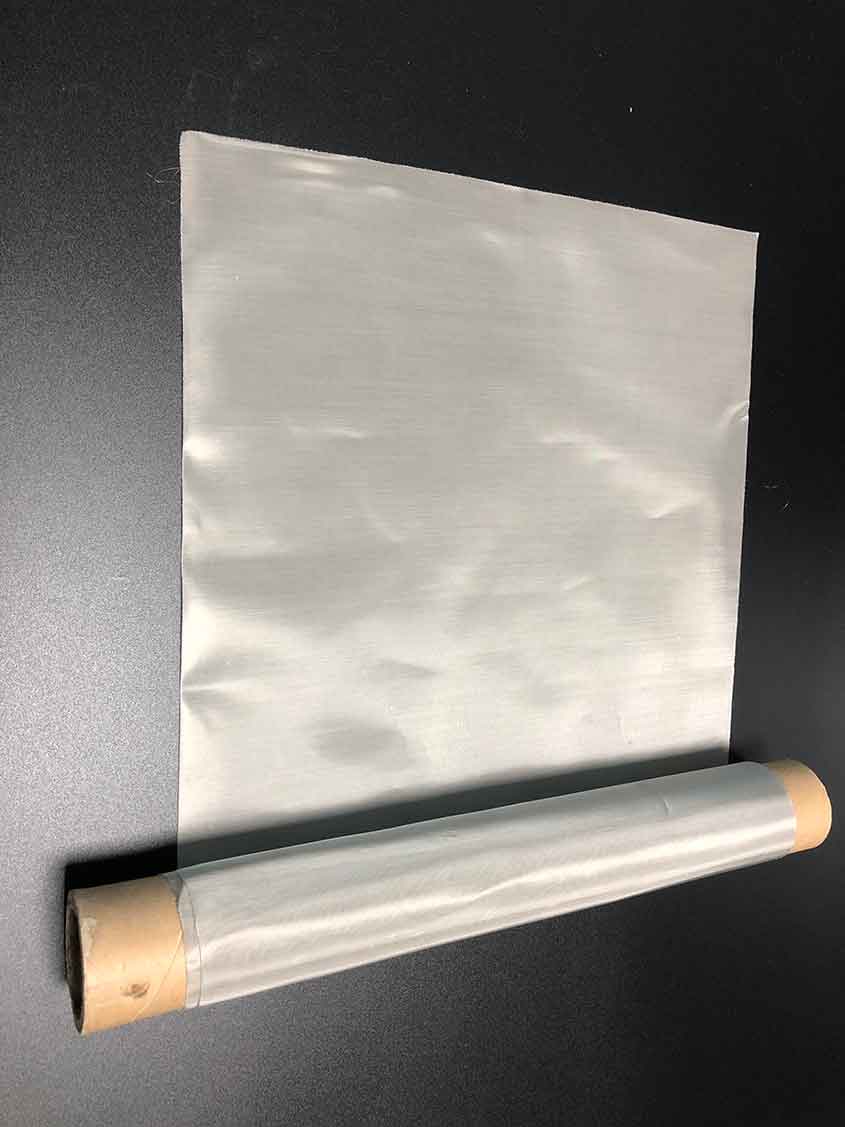
Twill Weave:
Twill weave stainless steel wire mesh features a more complex pattern than the plain weave. Each weft wire passes over and under two warp wires consecutively, resulting in a diagonal pattern. Twill weave mesh provides higher strength and durability compared to plain weave, making it suitable for applications requiring robust and stable mesh structures. It is commonly used in the chemical, aerospace, and automotive industries.
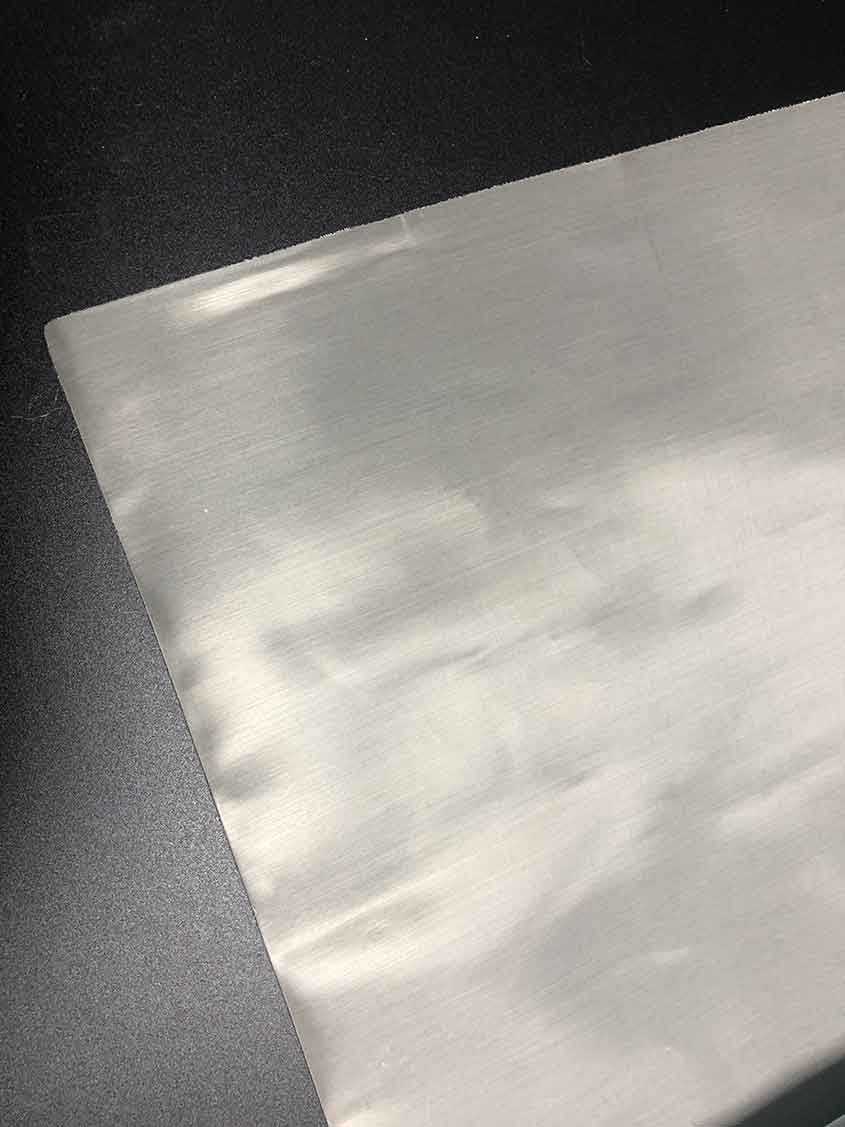
Dutch Weave:
Dutch weave stainless steel wire mesh is characterized by having larger wire diameters in the warp direction than in the weft direction. This creates a dense and strong mesh structure with smaller apertures. Dutch weave mesh is particularly effective in retaining fine particles and providing superior filtration performance. It finds applications in precision filtration, hydraulic systems, and oil and gas industries.
-
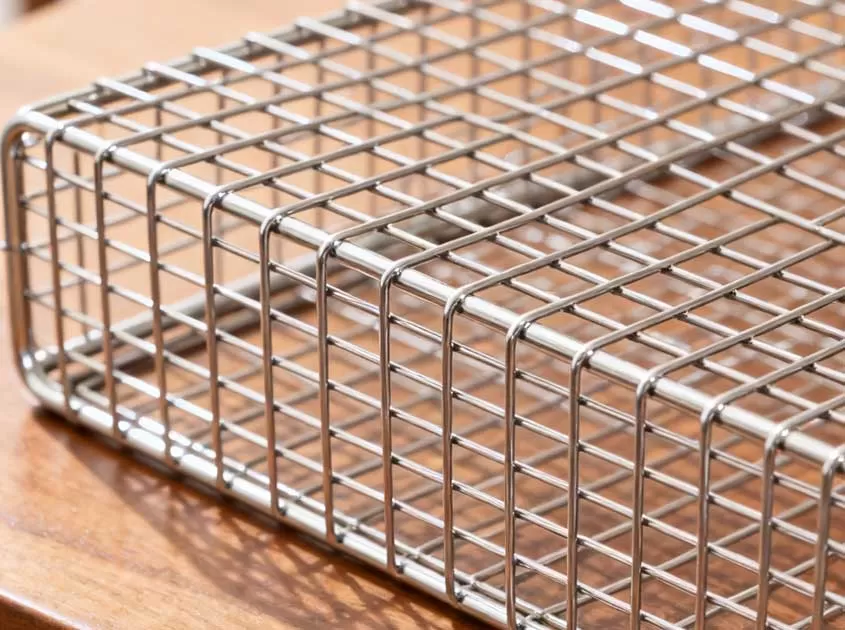 Corrosion-Resistant Stainless Steel Wire Mesh Oct 28, 2025
Corrosion-Resistant Stainless Steel Wire Mesh Oct 28, 2025

- Tel.: +86 311 83077076
- E-mail: sales@qunkunmetal.com
- Skype: qunkunsales01
- WhatsApp: 8618032412189
- Add.: No.69 The Filter Industrial Part of Anping, Hebei, China






